I moved from the American South to Japan with my family. Here are 11 things that have surprised me about living here.
Nickelle Tilley

- Since moving from the US to Japan in 2022, I've come across countless cultural differences.
- I've found more family-friendly amenities on Okinawa, the island where I live, than in the US.
My family of three moved from North Carolina to Okinawa, one of Japan's prefectures, in 2022, and we've been living here since.
I've been continuously surprised by the incredible cultural differences I've experienced while exploring the country, especially on Okinawa Island.
Here are some of the most surprising things about life here, from an American's perspective.
Most people wear masks inside and outside, even though face coverings aren't required.
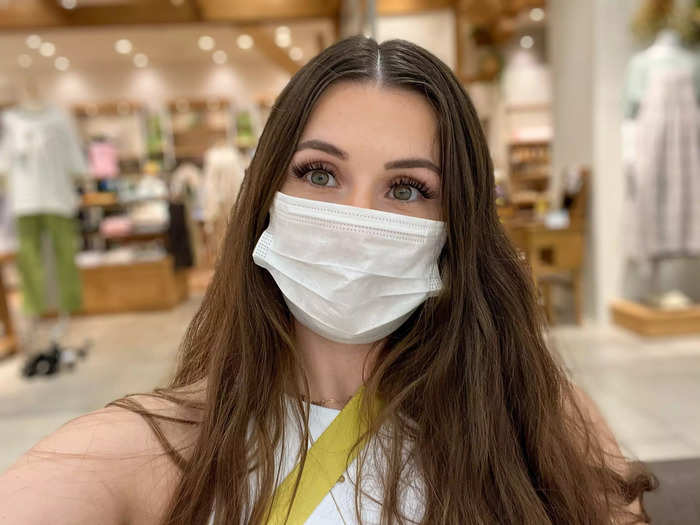
When I was living in North Carolina in 2022, I didn't often see people wearing masks in public. So when I moved from there to Japan, I was surprised to find seemingly everyone donning face coverings, both when they were inside and outside.
Even though Japan dropped its mask requirements in March 2023, face coverings have remained a fixture of life here. To be fair, people in many Asian countries have worn masks long before the coronavirus pandemic for environmental and cultural reasons.
It's been really interesting to see the difference between people's reactions to masks in the US versus in Japan. Face coverings were a highly divisive, political issue in the US at the peak of the pandemic, but in Japan, they seem to be widely accepted.
Unlike the US, which is known for its individualistic culture, Japan has more of a collectivistic society, which prioritizes the group's needs rather than personal needs.
Plus, cleanliness is a big part of Japanese culture, so it makes sense that people would want to protect themselves from germs.
Public spaces in Japan, especially in Okinawa, have incredible accommodations for families and young children.
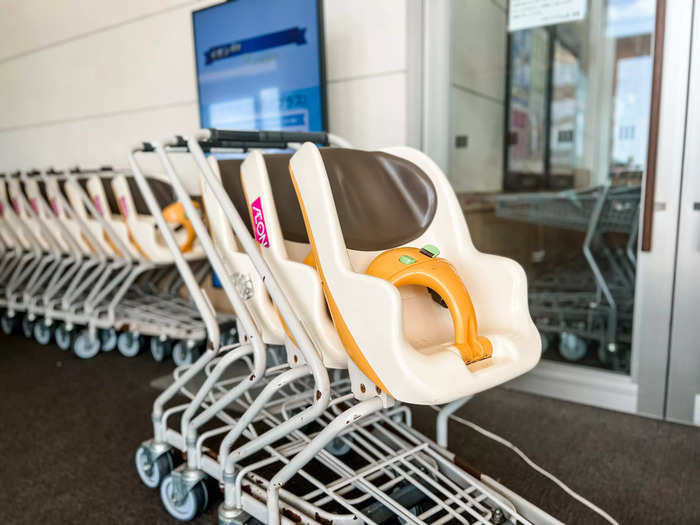
One of my favorite things about living in Japan has been the family-friendly accommodations, specifically ones for small children.
In the US, some malls and amusement parks have strollers, but most of the ones I came across when I was living there weren't free or routinely sanitized.
You can imagine my surprise when I went to the grocery store in Okinawa for the first time and saw sanitized strollers available to use for free. I later found more of them in malls, stores, and even the airport.
A lot of the same public places also have child-size bathrooms and baby rooms for nursing individuals.
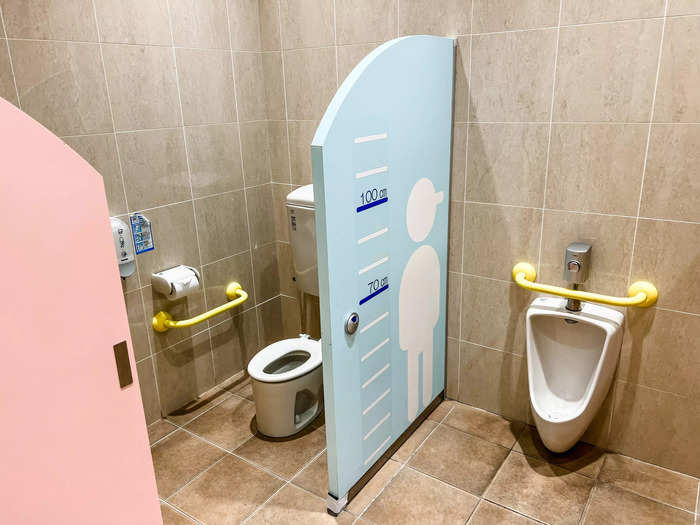
These rooms are equipped with comfortable changing tables, which are way better than the foldable plastic ones I often saw in the US.
They also have benches, a private nursing room, sinks, and even a hot-water dispenser to fill or heat baby bottles. These amenities have been lifesavers.
When I was living in the US, I could rarely find a dedicated place in public where I could feed my baby. If I was lucky, I'd find a bathroom in the back of a department store with a lounge for mothers. Still, it was nothing like what I've seen in malls, airports, and department stores in Japan.
I've even come across child-size restrooms — with small toilets, urinals, and sinks — making things easier for kids and giving them some independence.
Almost every public restroom I've entered in Japan has been clean and filled with state-of-the-art technology.
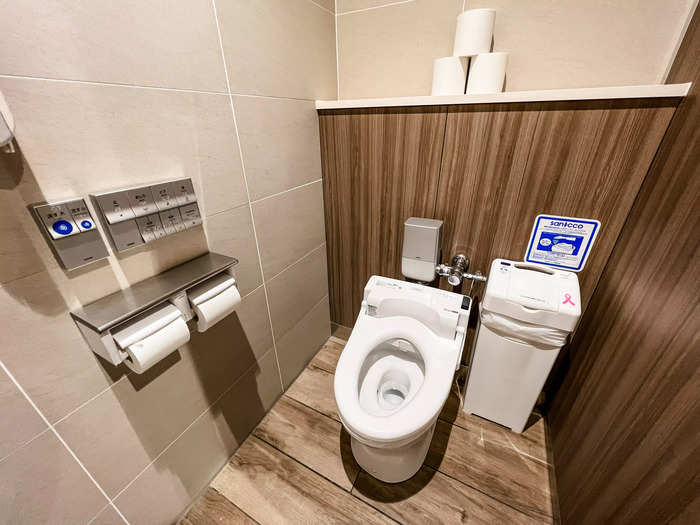
I can always count on the public restrooms in Japan to be extremely clean and well-maintained. For starters, many public toilets have bidets, heated seats, and deodorizers to mask unpleasant smells.
I've also seen some with a button that turns on a white-noise machine to drown out bathroom sounds. And those unnecessarily large cracks between bathroom stalls in the US? They're not a thing here.
These small details help lessen my bathroom anxiety when I'm out and about. If using a public restroom could be a luxury experience, Japan's toilets would be it.
In traditional Japanese bathrooms, people tend to rinse off before and after soaking in tubs.
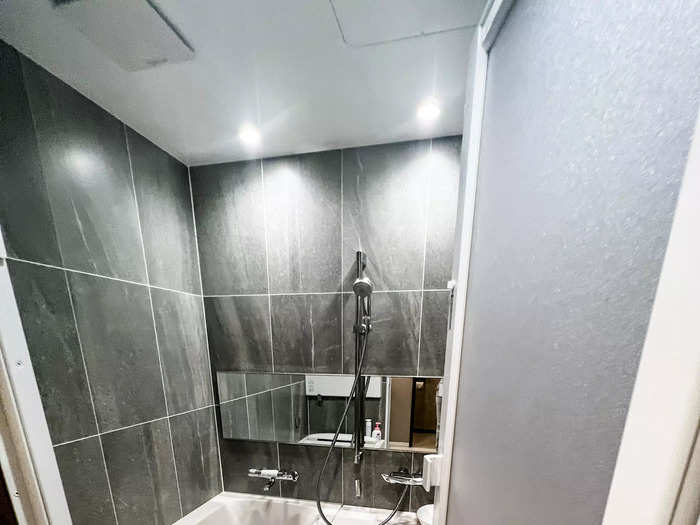
Bathing is a big part of Japanese culture. Some take to the country's natural hot springs or public baths, but many have special space in their home with full-size tubs.
In a traditional Japanese home, the bathrooms consist of three different areas. One is a space for undressing, with a sink and vanity. There's also typically a separate room for the toilet and another with a full-size bathtub and shower.
In the US, it's common to get into a bath right away, but in Japan, people tend to rinse off in the shower first and then soak in the tub. After relaxing in the water, they shower again with soap.
Because people wash themselves before and after getting in the tub, it's not uncommon for everyone in a household to use the same bath water.
Unfortunately, my house in Okinawa doesn't have the traditional Japanese setup (it's on a US military base, where our accommodations are Americanized), but I love enjoying the combination of bathtubs and showers in local hotels and Airbnbs.
Starbucks and McDonald's stores in Japan offer seasonal menus with locally inspired treats.
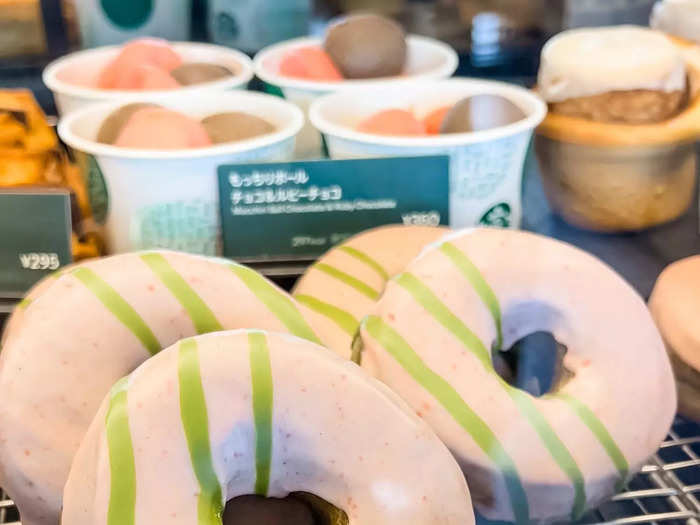
I can find familiar fast-food chains in Japan, and I like the locations here a lot better here than the ones in the US.
Starbucks and McDonald's locations in Japan both release seasonal menus, and it's so fun to try new items. During sakura season, when the cherry blossoms bloom, Starbucks released sakura-inspired Frappuccinos, lattes, and sweets with seasonal cups and packaging. My favorite was the chain's doughnut flavored with sakura and matcha.
McDonald's rolled out french fries seasoned with nori (seaweed) and garlic-pepper mayonnaise as part of its spring menu. The chain also debuted the Sato Nishiki Cherry McFizz and Teritama hamburgers, which have ginger, egg, apples, and pork patties coated in teriyaki sauce.
Of course, McDonald's also releases different McFlurry combinations very frequently as well.
I've been to McDonald's locations in five different countries, and the ones in Japan have served my favorite items, without question. The customer service is also unlike anything I've experienced anywhere else.
The roads are filled with Kei cars, which are tiny, lightweight vehicles that are designed and manufactured in Japan.
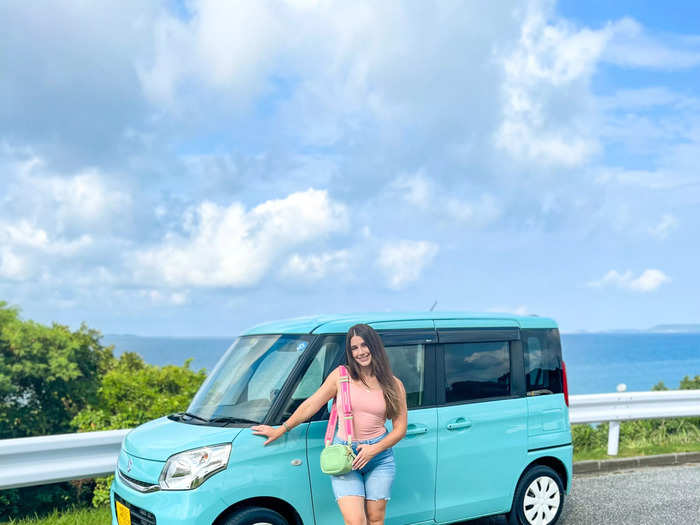
Driving in Japan gave me a huge albeit fun douse of culture shock. Japan is home to Kei vehicles, which are limited in size (no longer than 11 feet and no wider than 4.9 feet) and engine capacity.
I love my lightweight Kei car, a 2017 Suzuki Spacia. It has heated seats, automatic sliding doors, lane assistance, and a camera. Japan is known for having narrow streets and parking lots, so having a small car makes it easier to navigate traffic and compact parking spots. Plus, it's relatively fuel-efficient.
People also drive average-size vans and cars in Japan, but I haven't seen pickup trucks or large SUVs, which are pretty common in the US. Would I want to drive my Kei car on a highway surrounded by speeding SUVs and semitrucks? No way, but Kei cars are great in Japan, where speed limits are generally slower.
Reverse parking also seems to be an unwritten rule in Japan. I've noticed that Japanese drivers tend to back into their parking spots rather than pull in.
Napping in public places, including trains and parks, is perfectly acceptable in Japan.
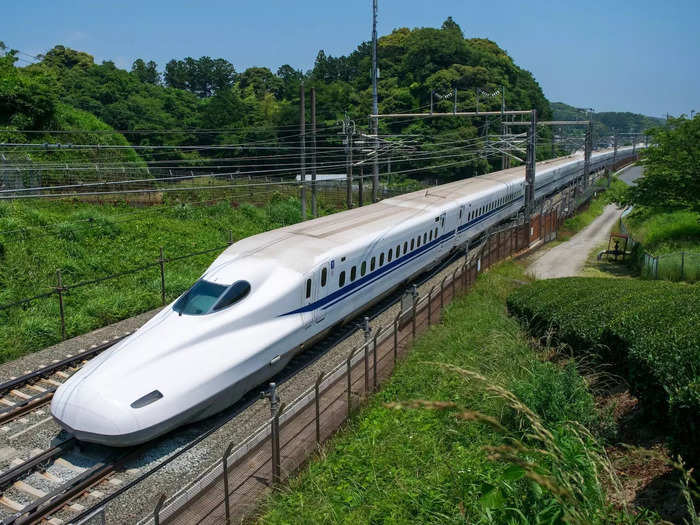
Inemuri, a term that means sleeping on duty, has been a part of Japanese culture for over 1,000 years. It's not uncommon to see someone taking a nap at work, at the subway station, or on the train home.
Getting shut-eye isn't frowned upon here like it sometimes is in the US, where it's rare to see someone dozing in public. When you do see someone sleeping on the job or in public, some people in the US may perceive it as laziness.
But in Japan, many see it as a sign that someone is working hard and putting in long hours.
Recycling is a multistep process that most people in Japan closely follow.
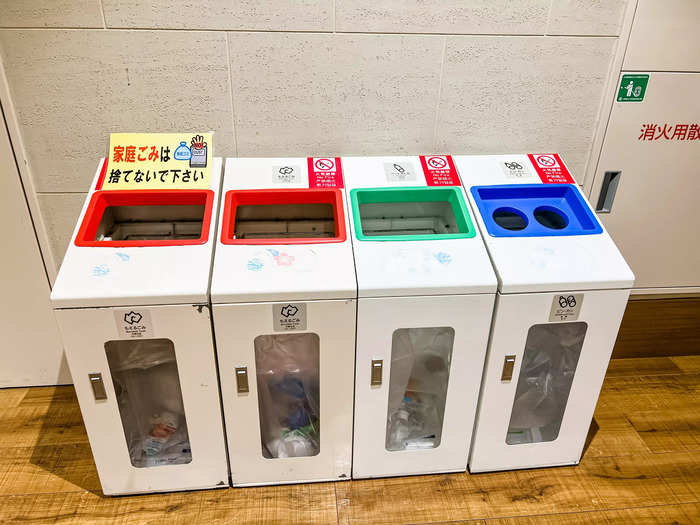
When I moved to Japan and learned I'd have to sort all my trash into nine categories before properly disposing of it, I was overwhelmed.
Some of these categories include (but aren't limited to) combustibles, plastic water bottles, plastic containers, aluminum, cardboard, and newspapers.
This system was a huge change coming from the US, where recycling is a pretty straightforward process. When I was living stateside, I was only concerned with separating plastic bottles and cans from the rest of my garbage.
Before recycling a plastic water bottle in Japan, I wash it first, rinse the inside, recycle the cap separately, and tear off the logo before placing the bottle in a color-coded bag. It might seem tedious, but it's efficient. And people seem to follow the recycling rules here closely.
Interestingly, I haven't found a lot of public trash cans in Japan. People tend to hold onto their trash and throw it away when they get home, where they can properly categorize it. Honestly, it's refreshing not to see much litter on the streets here.
Vending machines in Japan dispense everything from hot coffee to ramen.
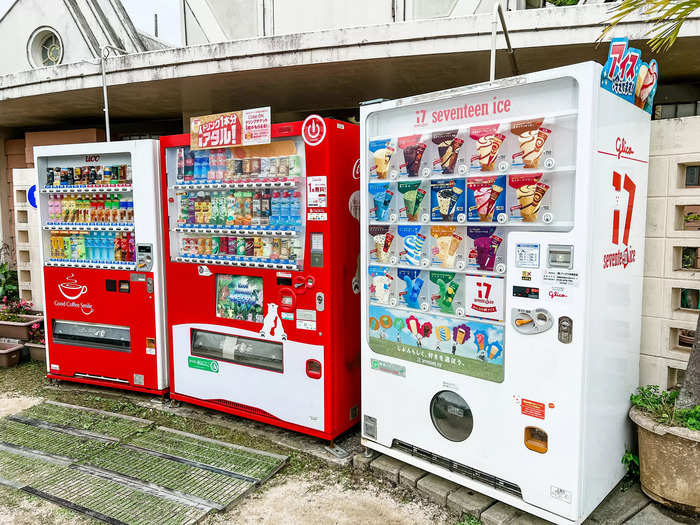
Vending machines are one of my favorite things in Japan, and they're everywhere. I can barely make it a block or two without running into one.
Most of them only serve beverages, with some offering everything from electrolyte water to canned hot coffee. I've seen some dispense ice cream, hot canned soup, warm and cold drinks, and even warm curry and ramen.
I've never been tempted to have a meal from a vending machine in the US, but I think I could happily survive off the food and drinks inside the ones in Japan.
The clothing sizes run much smaller in Japan than they do in the US.
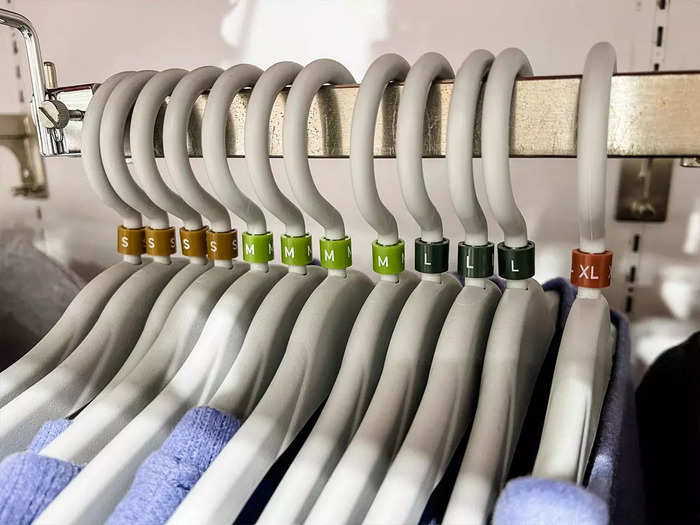
In my experience, the clothes in Japan aren't the most size-inclusive.
Most stores I've stopped into only carry sizes between small and extra large. Even though I wear a small or a medium in the US, I fit into garments that are large or extra large here.
I've found the pants and sleeve lengths to be shorter as well.
Popular Right Now
Popular Keywords
Advertisement